This article is about the neuroscience of how fake news grabs our attention, produces false memories, and appeals to our emotions.
“Highly emotionally provocative information stands a stronger chance of lingering in our minds and being incorporated into long-term memory banks.”
"Fake news" is a relatively new term, but some people now see it as one of the biggest threats to democracy and free debate. But how is this going to work? At least some insight can be given by neuroscience.
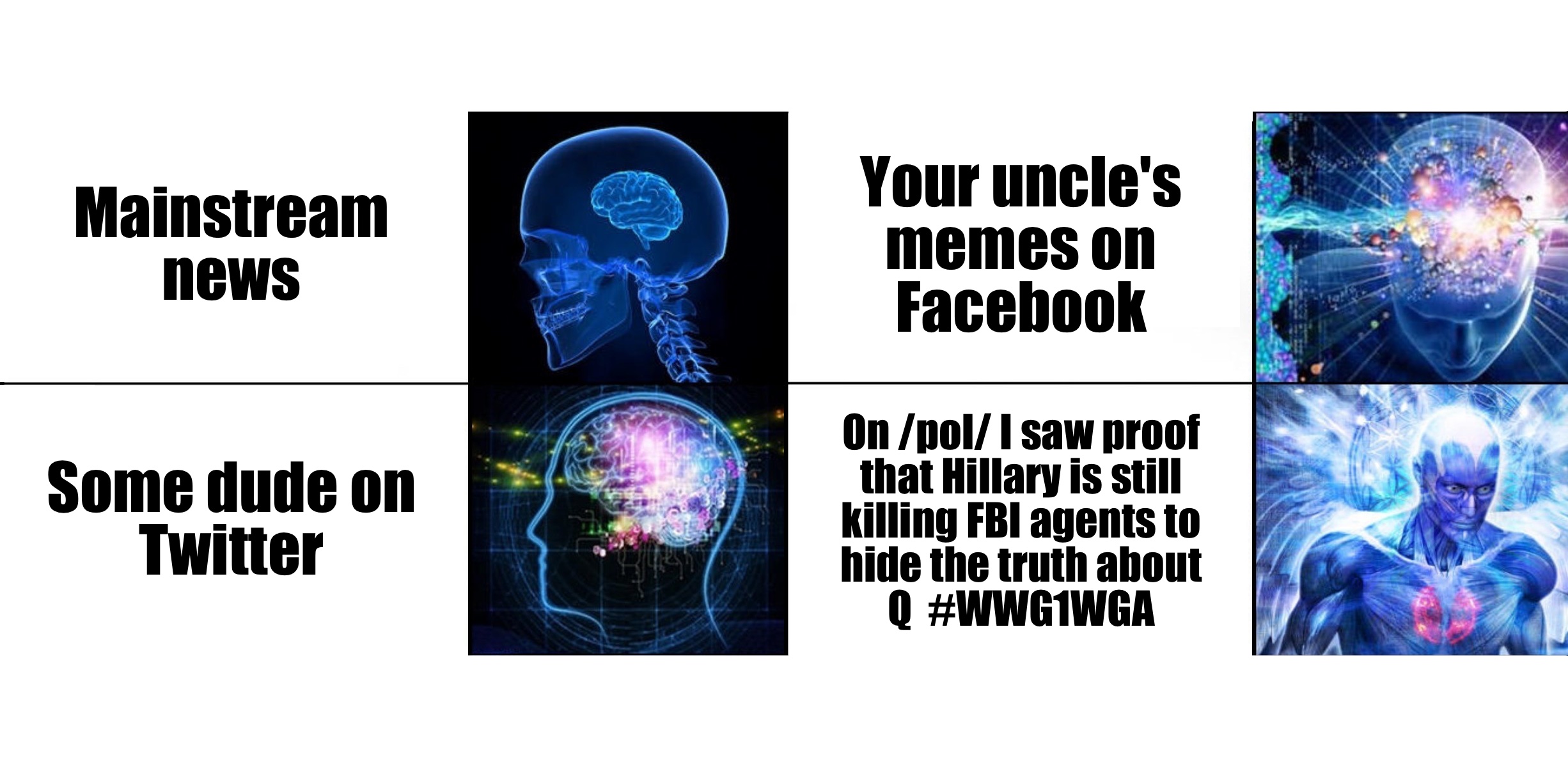
The first job of Fake News is to catch our attention, and novelty is key for that reason. Researchers Gordon Pennycook and David Rand have suggested that one of the reasons for the success of hyperpartisan claims is that they tend to be outlandish. Human beings have developed an extraordinary skill in a world full of surprises to easily identify and direct themselves towards unexpected knowledge or events. Novelty is an essential concept that underlies the behavioural neural basis and plays a role in almost all stages of neural processing.
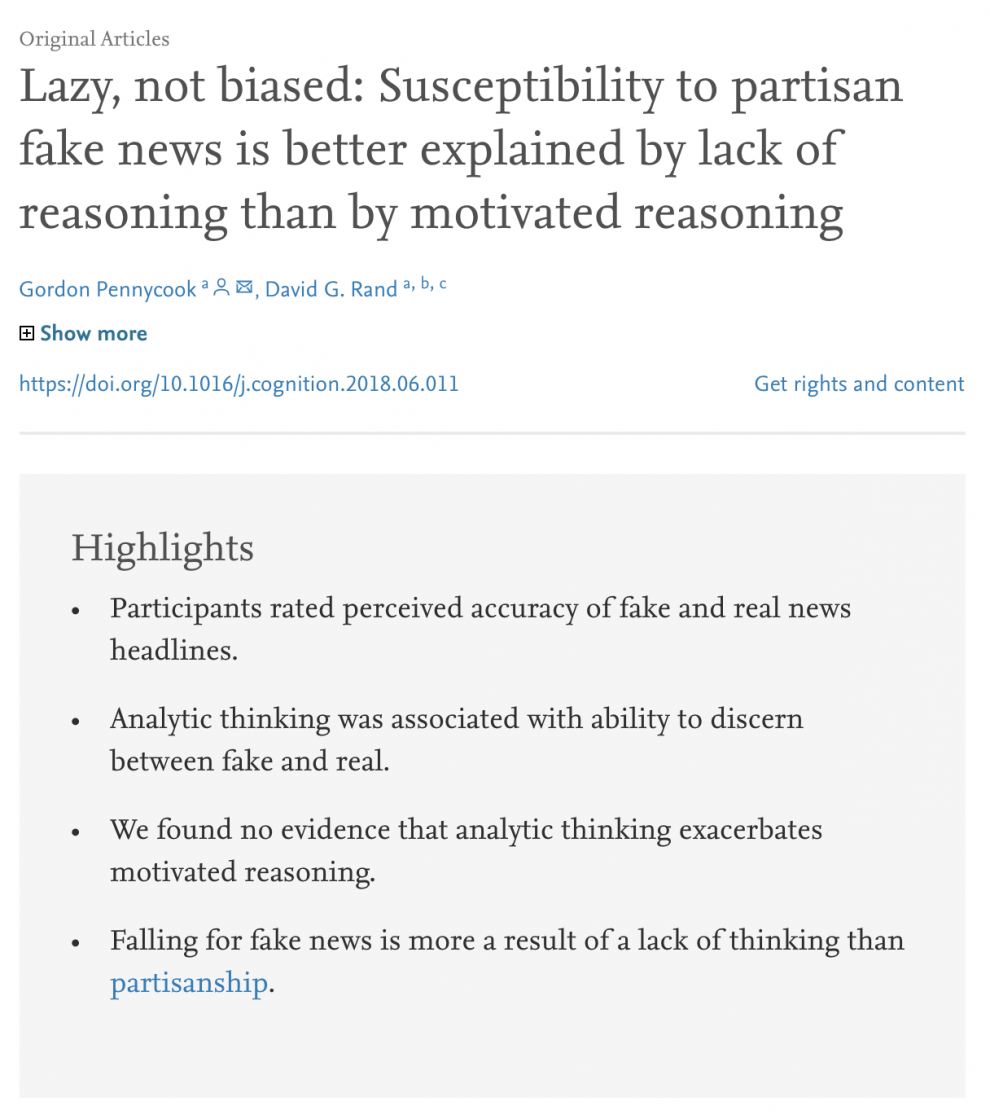
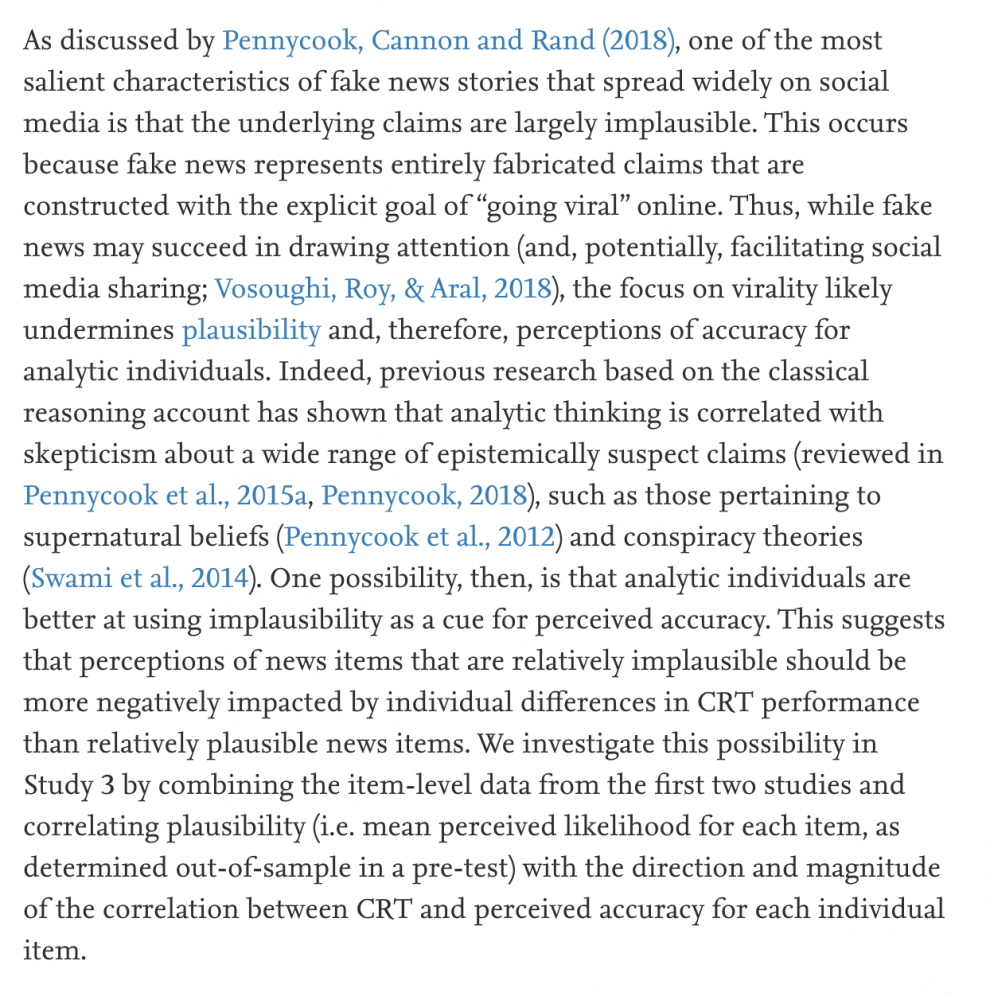
Sensory neuroscience has demonstrated that only unexpected information can filter through higher processing stages. Therefore, the sensory cortex may have evolved to adapt to, predict, and calm down the expected regularities of our experiences, focusing on unpredictable or surprising events. Each time we are exposed to the same information, neural responses gradually decrease as the brain learns that there is no reward associated with this stimulus.

Novelty itself is motivation-related. Dopamine, a reward-related neurotransmitter, increases when confronted with novelty. We understand the ability to reward us in some way when we see something different. Research has shown that the capacity of the hippocampus to create new synaptic neuronal connections (a process known as plasticity) is improved by novelty impact. Increasing the plasticity of the brain often increases the potential for learning new ideas.
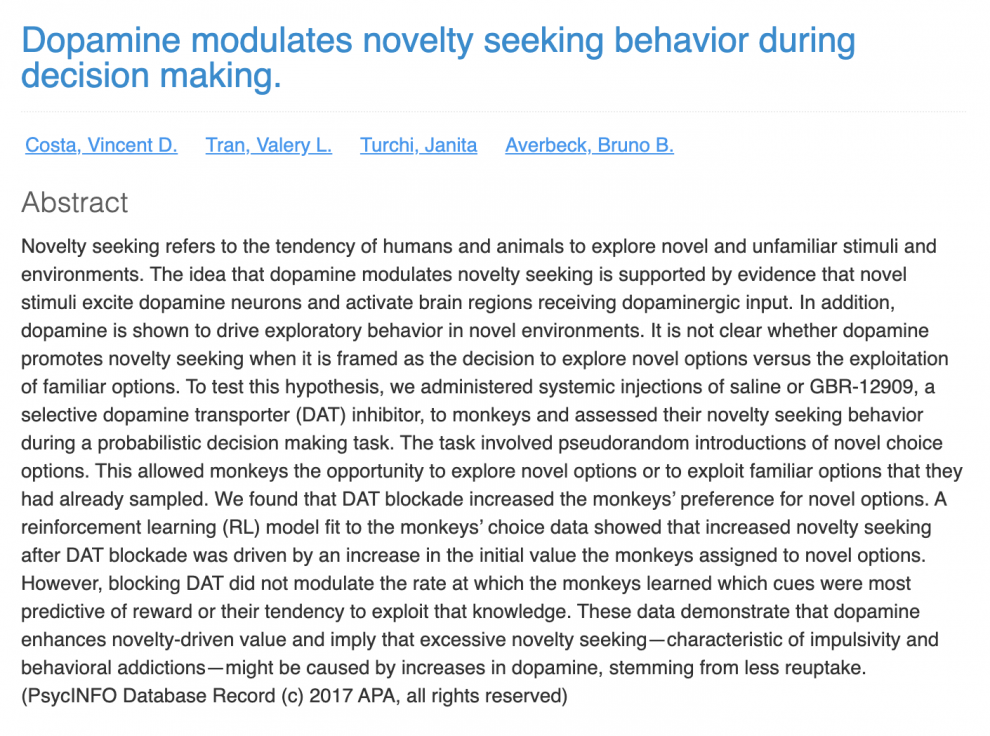

Fake news, False memory
"Fake news" is a relatively new concept, but it is now considered one of the greatest challenges to democracy and free discourse. We saw how Facebook information was used to manipulate potential voters with sinister right-wing propaganda wrapped as if it were news in the Netflix film The Great Hack — which chronicled the rise and fall of Cambridge Analytica.
The primary region involved in responding to novel stimuli— the substantia nigra / ventral segmental area, or SN / VTA — is closely linked with the hippocampus and the amygdala, both of which play important roles in learning and memory. While the hippocampus relates stimuli with current memory, the amygdala responds to emotional stimuli and reinforces long-term memories associated with them.
This dimension of learning and memory development is of particular interest to my own laboratory, where we are researching brain oscillations concerning the integration of long-term memory. This process takes place during sleep, a period somewhat constrained to incorporate all our everyday data. Because of this, the brain is programmed to handle other information types. Highly psychologically offensive information is likely to linger in our brains and be inserted into long-term memory banks.
Therefore, its connection with memory formation strengthens the allure of fake news. A recent study published in Psychological Science stressed that propaganda consumption may trigger false memories. Experts collected registered voters in the Republic of Ireland in the week leading up to the 2018 abortion referendum in one of the biggest false-memory tests to date. Half of the participants reported a false memory for at least one manufactured event, with a specific "eyewitness" memory reported by more than a third of the participants. The analysis revealed that voters were most likely to form false memories of fake news that correlated closely with their views, particularly if they had the poor cognitive ability.
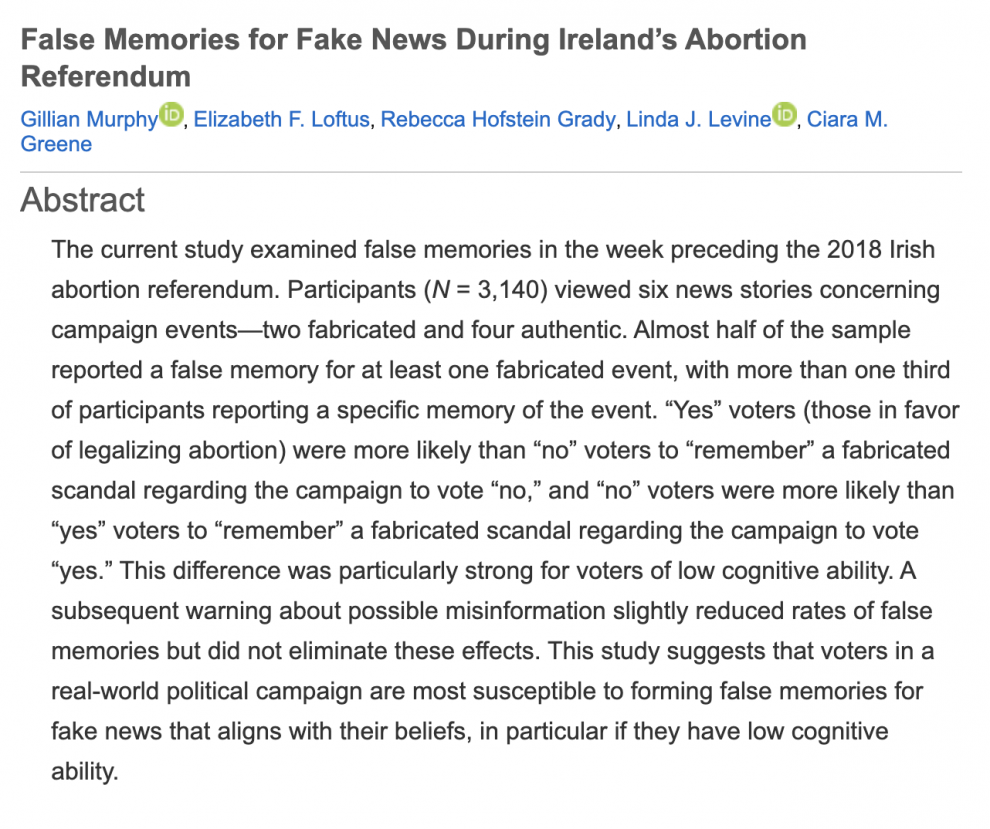
Emotional appeals
The potential of fake news to catch our interest and then highjack our infrastructure of learning and memory goes a long way to understand its effectiveness. Yet their biggest point of sale is their desire to cater to our emotions. Digital network studies show that text travels more digitally when it includes a high degree of "positive sentiment," influencing much of what we are doing. Decisions are often guided by deep-seated, hard-to-identify feelings. When making a judgment, people search or respond to an internal database containing all the marks that are knowingly or implicitly correlated with a particular context, whether positive and negative.
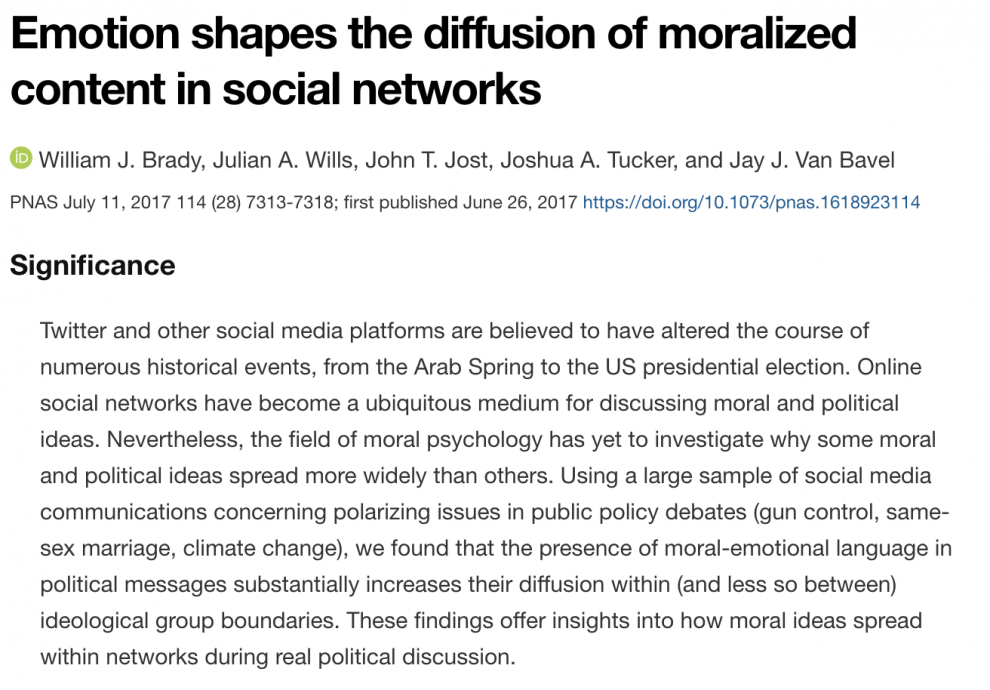
We depend on our ability to put knowledge into a comparison relational context that blends details with emotions. The positive or negative emotions about people, events, and ideas arise far quicker than the conscious thoughts, even before we are aware of them. This method deals for psychological information stimuli as short as 1/250th of a second, "a duration so brief that the sensation is not noticed or recalled."
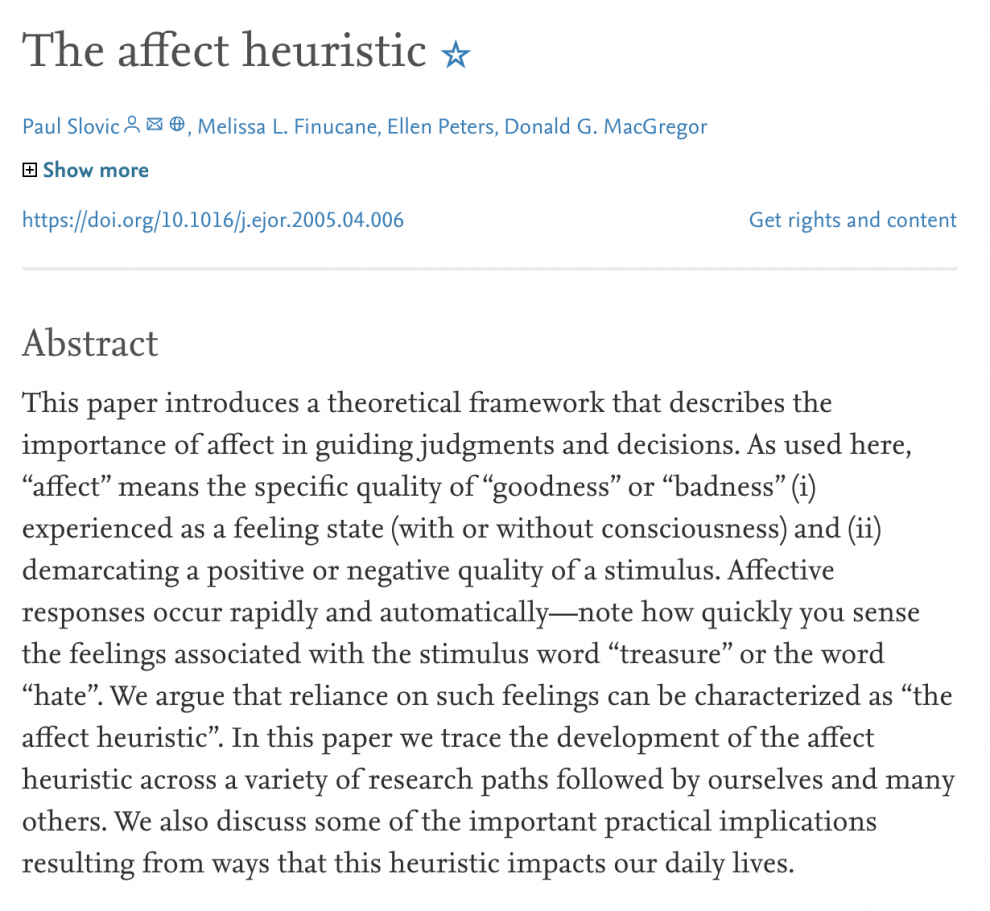
Just being subjected to a fake news story will raise confidence in that article later on — and clicking through social media feeds laden with politically offensive posts will change the way we see the world and make political choices.
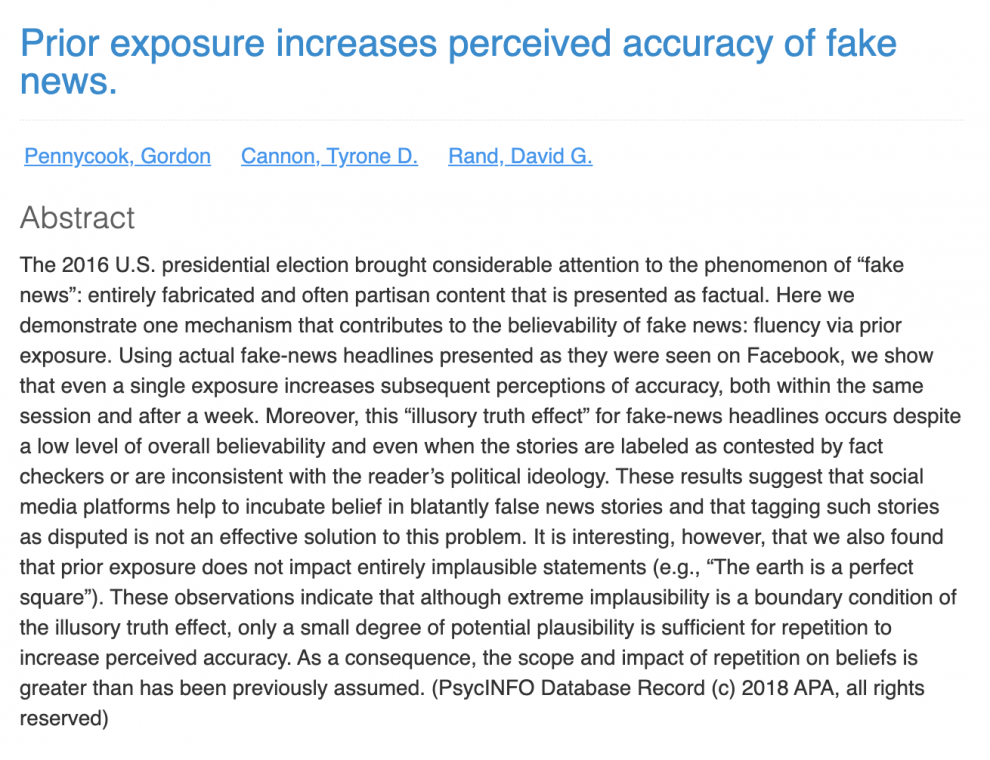
The novelty and emotional conviction of fake news, and how these properties interact with our memory framework, exceed the analytical capabilities of our brains. Although it is impossible to imagine a democratic structure without conflict, if everything is a value judgment based on misinformation, no legal compromise will function. In the lack of any objective viewpoint on fact, at the hands of the more basic functions of our minds, we are unable to manage our personalities and political beliefs.
The capacity to cultivate and preserve respectful debate is a positive feature of a truly democratic system of politics. But we must be able to distinguish between opinions and facts, fake news and objective truth before democratic politics can begin.
This article is republished from The Conversation under a Creative Commons license.
References:
1. Gordon, Pennycook, David, G.Rand; Lazy, not biased: Susceptibility to partisan fake news is better explained by lack of reasoning than by motivated reasoning, Science Direct, Volume 188, July 2019, Pages 39-50; Retrieved from https://doi.org/10.1016/j.cognition.2018.06.011
2. Bryan A.Strange et al; Information theory, novelty and hippocampal responses: unpredicted or unpredictable? Science Direct, Neural Networks
Volume 18, Issue 3, April 2005, Pages 225-230, Retrieved from https://doi.org/10.1016/j.neunet.2004.12.004
3. Costa, V. D., Tran, V. L., Turchi, J., & Averbeck, B. B. (2014). Dopamine modulates novelty seeking behaviour during decision making. Behavioural Neuroscience, 128(5), 556–566. https://doi.org/10.1037/a0037128
4. Anh Hai Tran, Teruko Uwano, Tatsuo Kimura, Etsuro Hori, Motoya Katsuki, Hisao Nishijo and Taketoshi Ono, Dopamine D1 Receptor Modulates Hippocampal Representation Plasticity to Spatial Novelty, Journal of Neuroscience 10 December 2008, 28 (50) 13390-13400; DOI: https://doi.org/10.1523/JNEUROSCI.2680-08.2008
5. William J. Brady, Julian A. Wills, John T. Jost, Joshua A. Tucker, and Jay J. Van Bavel, Emotion shapes the diffusion of moralized content in social networks
PNAS, July 11, 2017 114 (28) 7313-7318; first published June 26, 2017 https://doi.org/10.1073/pnas.1618923114
Comments
Post a Comment